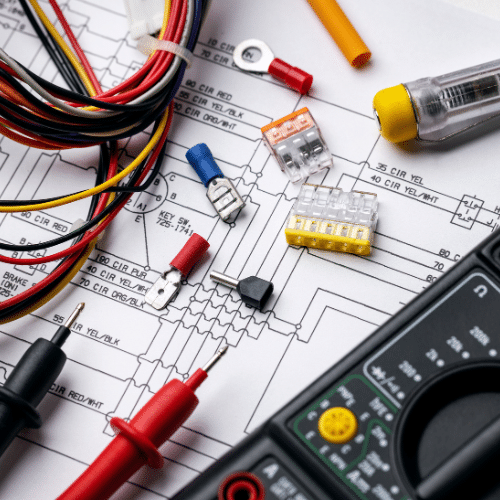
06 Nov Shield Wiring from Pest Damage
Protect Electrical Systems from Pests
Pests can cause more than just a nuisance in homes and businesses; they also pose serious risks to electrical systems. When pests invade, they often target wiring, electrical boxes, and outlets, creating significant hazards. In South Florida, the warm and humid climate encourages pest activity year-round, which increases the risk to both residential and commercial properties. Proactive pest control measures help protect electrical systems from costly and dangerous damage.
Pest Busterzz, understands the unique challenges South Florida residents face when it comes to pest-related electrical issues. With our knowledge of eco-friendly treatments and effective pest prevention, we’re here to help keep your property safe from the damage pests can inflict on electrical infrastructure. This guide explains which pests commonly threaten electrical systems, how they cause harm, and what steps you can take to prevent infestations.
Guard Power Sources from Pests
Rodents, such as rats and mice, are some of the most common pests that threaten electrical systems. Known for constantly chewing on materials to control their ever-growing teeth, they often target electrical wiring and insulation, leading to shorts and potential fire hazards. Rodents are drawn to the warmth and shelter around electrical components, creating both structural damage and fire risks as they nest and gnaw. Regular pest control and inspections can help keep these destructive pests out of critical areas.
Cockroaches also pose a serious threat to electrical systems. Attracted to warmth, they inhabit electrical boxes, outlets, and other confined spaces around wiring, where they can cause short circuits and even create fire risks. Cockroach infestations are challenging to detect due to their rapid reproduction and tendency to hide. Beyond the electrical risks, cockroaches contaminate surfaces and spread bacteria, adding health hazards to their list of issues. Regular cleaning and sealing entry points help prevent these infestations.
Certain ant species, particularly fire ants and crazy ants, are naturally attracted to electrical equipment and can wreak havoc. These ants swarm around electrical components, sometimes chewing through wiring and creating short circuits that disrupt power flow and damage equipment. Crazy ants are especially problematic as they are drawn to the magnetic fields generated by electrical devices. Due to their rapid multiplication, ant infestations can quickly spread, causing costly damage if not controlled.
Preventing damage from these pests requires proactive pest control and maintenance strategies. Each of these pests—rodents, cockroaches, and ants—presents unique challenges, but effective pest management around electrical systems can protect wiring, reduce safety risks, and prevent expensive repairs.
Minimize Fire Risks
The most direct way pests damage electrical systems is through chewing. Rodents, in particular, are attracted to the materials used in wiring insulation. When they chew on wires, they strip away insulation, exposing live wires that can short-circuit or spark, potentially leading to fires. This gnawing behavior can compromise an entire electrical system over time, especially if rodents nest close to key wiring areas.
Ants can also contribute to damage by chewing on wires, though their damage tends to come from swarming behaviors and clogging electrical components. These combined behaviors make chewing and gnawing on wiring one of the most significant threats pests pose to electrical safety. Regular inspection and sealing off entry points help reduce these risks.
Electrical boxes provide an ideal shelter for pests seeking warmth and security. Cockroaches, rodents, and sometimes ants find these enclosed spaces perfect for hiding. When pests nest inside electrical boxes, they obstruct airflow, leading to overheating and damage to internal components. Over time, these nests can build up, creating a fire hazard if they interfere with circuit functionality.
Nesting pests in electrical boxes may also bring in contaminants like food particles, nesting materials, and droppings. These contaminants increase the risk of circuit malfunctions or overloads, which can further complicate maintenance and repair efforts. Keeping these areas sealed and inspecting them regularly is vital to prevent nesting issues.
Pest-Related Electrical Issues
Flickering lights are often a telltale sign of pest-related electrical problems. When pests chew through wiring or swarm around circuits, they disrupt the electrical current, causing lights to flicker or dim unexpectedly. Similarly, unexplained power outages may indicate a more severe pest-related issue. Rodents and ants, especially, can cause disruptions in power flow as they damage wiring and components.
If you notice consistent flickering or unexplainable outages, it’s important to investigate promptly. Electrical issues left unchecked can escalate quickly, leading to costly repairs or even safety risks. Consulting a pest control expert can help identify and resolve pest-related electrical issues effectively.
An unusual burnt smell around outlets or wiring may signal pest damage. When pests chew through insulation or cause short circuits, the overheating produces an acrid, burnt smell. This is a clear warning sign that requires immediate attention, as it can lead to electrical fires.
If you smell burning near electrical equipment, disconnect the power source and call a professional to inspect the area. Addressing the root of the problem, whether it’s a pest infestation or another issue, will help ensure your home or business stays safe.
Secure Electrical Spaces
One of the best ways to keep pests out of electrical systems is by sealing entry points. Pests enter through small cracks and gaps around doors, windows, and utility openings. Rodents and insects can fit through surprisingly small openings, so sealing off these access points is essential to protect electrical components.
Using materials like caulk, weatherstripping, and metal mesh can effectively block common entry points. Sealing these areas prevents rodents, ants, and cockroaches from accessing electrical spaces, reducing the risk of infestations and the damage they cause.
Routine inspections of electrical spaces help detect pest activity early, preventing damage before it occurs. Regularly check electrical panels, outlets, and wiring areas for signs of pests, such as droppings, gnaw marks, or nests. Identifying these signs early makes it easier to address the issue before it becomes a larger problem.
Scheduling professional pest inspections can also add an extra layer of protection. Professional pest control experts have the tools and knowledge to catch signs of pests in hidden areas that may not be visible during regular cleaning or maintenance.
Long-Term Electrical Pest Protection
Pest control plans tailored to your specific needs offer the best protection for electrical systems. A customized pest management approach considers your property’s unique vulnerabilities, the types of pests you face, and South Florida’s environmental challenges. Targeted treatments and preventative measures protect electrical components from the pests that pose the most significant risks.
Pest Busterzz offers organic pest control treatments designed to keep homes and businesses pest-free without the use of harsh chemicals. Our eco-friendly solutions are safe for both people and pets, and they effectively prevent pests from accessing electrical areas. We understand the importance of using treatments that are effective yet safe for your property and the environment.
Preventative maintenance is the key to long-term protection for electrical systems. By scheduling regular pest control services, you can ensure pests don’t find ways to access your electrical infrastructure. Preventative maintenance includes regular inspections, barrier treatments, and monitoring for signs of pest activity, all of which contribute to a safer, pest-free environment.
Conclusion
Pests pose serious risks to electrical systems in homes and businesses, particularly in regions like South Florida where they thrive year-round. Whether it’s rodents chewing on wiring, ants swarming electrical components, or cockroaches nesting in electrical boxes, pest infestations create real dangers. Taking proactive steps, such as sealing entry points, keeping electrical areas clean, and conducting regular inspections, significantly reduces these risks.
While some preventative measures can be managed by property owners, professional pest control services provide the most effective protection. A customized pest control plan, especially one focused on eco-friendly solutions, ensures that your electrical systems remain secure and that pests stay away. Pest Busterzz offers the expertise and dedication South Florida residents need to keep their properties safe. With our help, you can protect your electrical systems and maintain a safe, pest-free environment year-round.


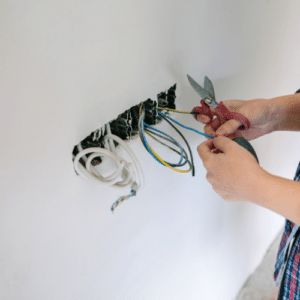
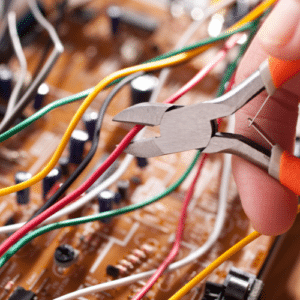
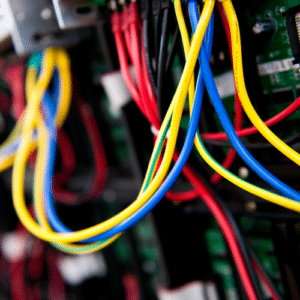
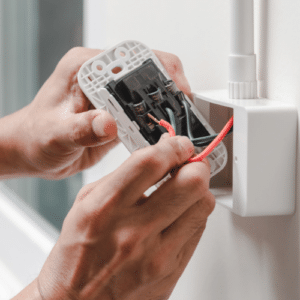
No Comments